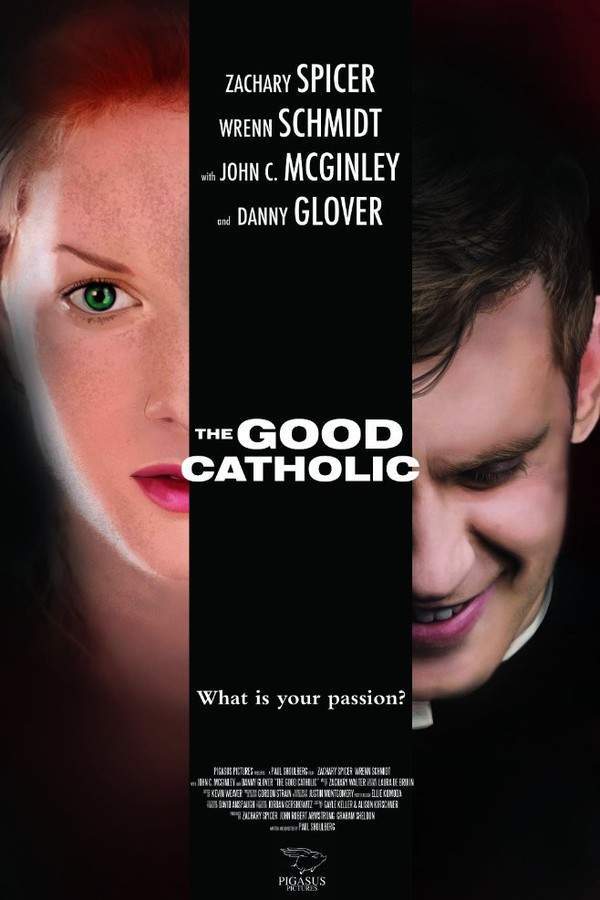
The Shoes of the Fisherman
Year: 1968
Runtime: 162 mins
Language: English
Director: Michael Anderson
After spending two decades in a Soviet gulag, Ukrainian bishop Kiril Lakota is suddenly freed and dispatched to the Vatican. When the Pope dies unexpectedly, the Church looks to the former prisoner to assume the papacy, thrusting him into a pivotal role that could shape the fate of the world, as his choices will affect international relations and the future of humanity.
Warning: spoilers below!
Haven’t seen The Shoes of the Fisherman yet? This summary contains major spoilers. Bookmark the page, watch the movie, and come back for the full breakdown. If you're ready, scroll on and relive the story!
Timeline & Setting – The Shoes of the Fisherman (1968)
Explore the full timeline and setting of The Shoes of the Fisherman (1968). Follow every major event in chronological order and see how the environment shapes the story, characters, and dramatic tension.
Last Updated: October 04, 2025 at 14:13
Main Characters – The Shoes of the Fisherman (1968)
Meet the key characters of The Shoes of the Fisherman (1968), with detailed profiles, motivations, and roles in the plot. Understand their emotional journeys and what they reveal about the film’s deeper themes.
Last Updated: October 04, 2025 at 14:13
Major Themes – The Shoes of the Fisherman (1968)
Explore the central themes of The Shoes of the Fisherman (1968), from psychological, social, and emotional dimensions to philosophical messages. Understand what the film is really saying beneath the surface.
Last Updated: October 04, 2025 at 14:13
Unlock the Full Story of The Shoes of the Fisherman
Don't stop at just watching — explore The Shoes of the Fisherman in full detail. From the complete plot summary and scene-by-scene timeline to character breakdowns, thematic analysis, and a deep dive into the ending — every page helps you truly understand what The Shoes of the Fisherman is all about. Plus, discover what's next after the movie.
The Shoes of the Fisherman Summary
Read a complete plot summary of The Shoes of the Fisherman, including all key story points, character arcs, and turning points. This in-depth recap is ideal for understanding the narrative structure or reviewing what happened in the movie.

Similar Movies to The Shoes of the Fisherman
Discover movies like The Shoes of the Fisherman that share similar genres, themes, and storytelling elements. Whether you’re drawn to the atmosphere, character arcs, or plot structure, these curated recommendations will help you explore more films you’ll love.
Explore More About Movie The Shoes of the Fisherman
The Shoes of the Fisherman (1968) Plot Summary & Movie Recap
The Shoes of the Fisherman (1968) Scene-by-Scene Movie Timeline
The Shoes of the Fisherman (1968) Spoiler-Free Summary & Key Flow
Movies Like The Shoes of the Fisherman – Similar Titles You’ll Enjoy
The Good Catholic (2017) Story Summary & Characters
Sea of Silence (2003) Spoiler-Packed Plot Recap
From a Far Country (1981) Complete Plot Breakdown
Monsignor (1982) Complete Plot Breakdown
Hungarian Passion (2021) Ending Explained & Film Insights
Brother Sun, Sister Moon (1972) Detailed Story Recap
The Red Shoes (1948) Detailed Story Recap
The Forbidden Christ (1951) Complete Plot Breakdown
The Shoe (1998) Spoiler-Packed Plot Recap
The Left Hand of God (1955) Story Summary & Characters
Diary of a Country Priest (1951) Detailed Story Recap
The Big Fisherman (1959) Complete Plot Breakdown
The Confession (1970) Story Summary & Characters
The Keys of the Kingdom (1944) Film Overview & Timeline
The Cardinal (1963) Movie Recap & Themes

















